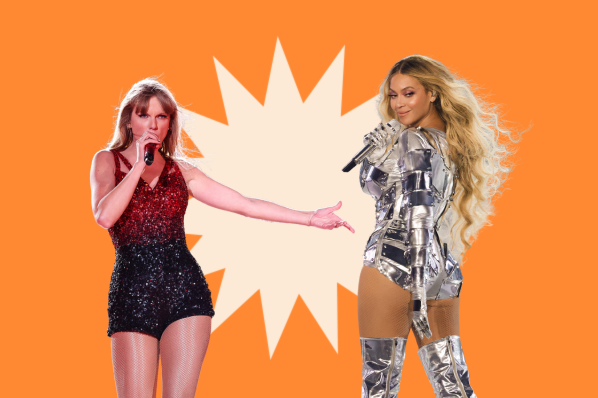The Key to Improving the Economy? Marketing to Women
It’s been a summer for the girls, at least from an economic perspective. Content that drew predominantly female audiences has ruled the box office and live events space:

It’s been a summer for the girls, at least from an economic perspective. Content that drew predominantly female audiences has ruled the box office and live events space:
- Greta Gerwig’s Barbie has earned over $1.28B at the box office since its release in July
- Beyoncé’s Renaissance tour impacted inflation rates in the U.K. and Sweden and is expected to bring in over $2B, the highest generated by a female act
- Taylor Swift’s Eras tour has already earned $1B and is expected to help circulate $5B across the global economy
Major publications have attributed this renaissance (pun intended) of female consumer spending influenced to shifting post-pandemic habits but in reality, it’s been in the works for more than a decade.
From an economic standpoint…
Women have held a lot of economic power for years, they were just spending money differently. It’s been widely reported that for women with children, roughly 90% of their income goes back to their families. A staggering statistic compared to their male counterparts, who typically contribute 30-40% of their income back to their families.
Per the Wall Street Journal, major demographic shifts are impacting how women now spend money including:
- More women opting to have children later in life, if at all
- Higher workforce participation and wage increases compared to the prior decade
- Evolving gender roles in the household
In other words, women have more money and more agency over how they spend it than ever before, and female audiences are spending on goods and experiences that align with their personal interests.
Women-centered Marketing
It’s no wonder Barbie, Beyoncé, and Taylor Swift have seen so much success — all three have effectively used women-centered marketing.
Even before audiences knew that the Barbie movie’s plot was about examining the patriarchy, the marketing was clearly geared towards a female audience. Viewers were drawn in by the numerous cross-collaborations with their favorite brands, a catchy theme song that was trending on TikTok for most of the summer, and sheer nostalgia over their own childhoods.
Beyoncé and Taylor Swift, arguably two of the most popular musicians on the planet with extensive music catalogs focused on women’s empowerment, used social media to rally their predominantly female audiences around their subsequent tours.
Not only have they had some of the highest-grossing tours in history, but their audiences have also pumped millions of dollars into local economies at every stop. After all, fans aren’t just shelling out money for tickets. They’re also paying for travel accommodations, (often sparkly) clothing, and other goods and services to enhance their concert-going experience. The economic domino effect across industries is hard to ignore.
It’s not just entertainment, women’s sports have also had a record-breaking year:
- The first half of this year’s WNBA season has drawn record viewers and sponsorships
- The women’s FIFA World Cup also brought in record viewership from across the globe
The key takeaway for marketers isn’t to go all-in on content related to toys or to push pink, sequined merch. It’s that when customer groups feel seen, heard, and understood, they show up in a big way. Barbie, Beyoncé, and Taylor showed us that it's always a win when you can make that happen.
What's Your Reaction?










![5 Marketing Trends That Might Not Survive in 2023 [HubSpot Research]](https://blog.hubspot.com/hubfs/dying-marketing-trends-fi%20%281%29.jpg#keepProtocol)











